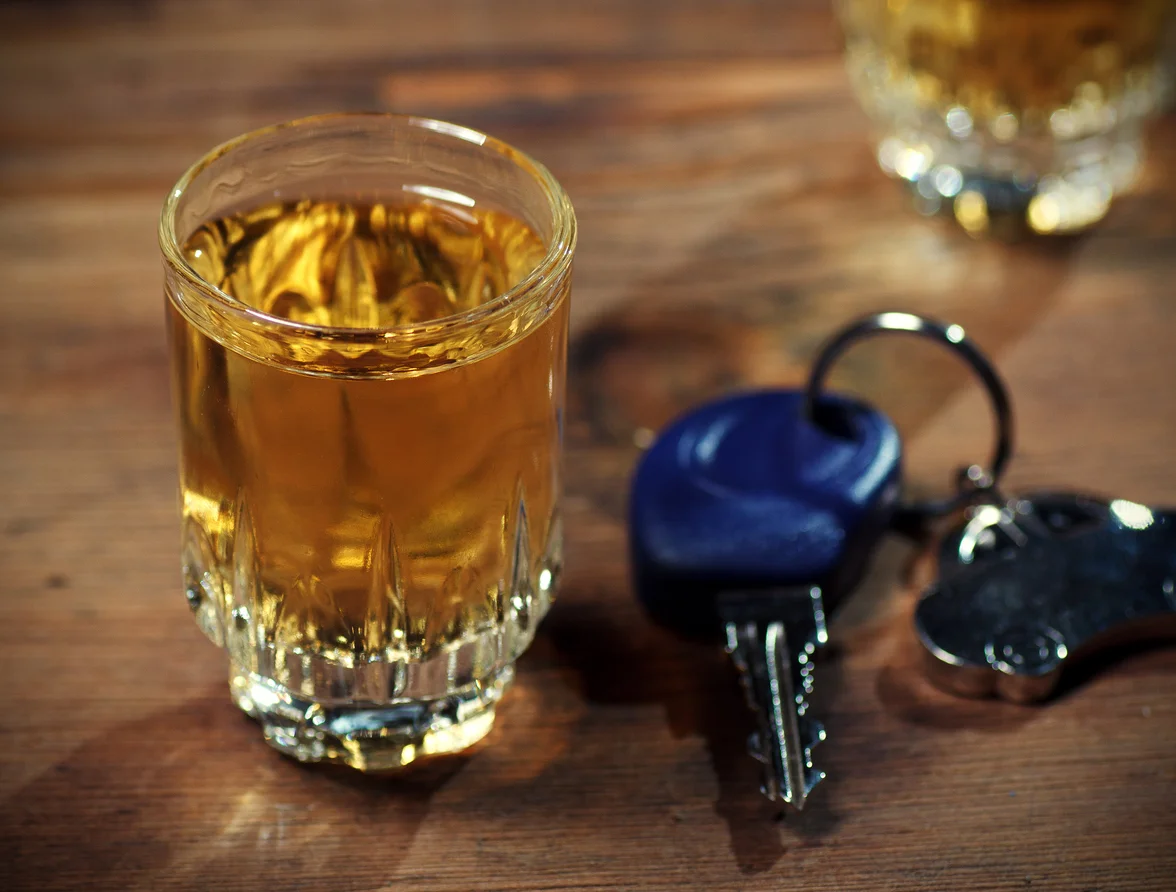NEW YEAR'S EVE + SATURDAY NIGHT = PERFECT STORM OF DANGEROUS DRIVING
How to Avoid a Holiday Disaster Tonight
EVERY YEAR AT THIS TIME, a higher volume of travelers take to the nation’s roads to visit with loved ones. This also includes a significantly higher number of drunk drivers.
While the number of commercial drivers blamed for alcohol-related crashes annually is relatively small, the same can’t be said for other motorists, particularly around the holidays. All too often, partygoers – even those who might not drink during the rest of the year – get behind the wheel with a level of intoxication that endangers their lives and the lives of others on the road.
Tonight is New Year's Eve. And it's also a Saturday night. That is the perfect storm of dangerous driving.
Accident statistics from the National Highway Traffic Safety Administration show that alcohol is involved in roughly 40 percent of crash fatalities that occur during Christmas and New Year’s, a 12 percent increase over the rest of December or a nine percent rise over the whole year.
This translates into an average of 45 fatalities per day during the Christmas period and 54 deaths per day over the New Year holiday.
On average, there are 36 fatalities which occur daily throughout the rest of the year. Making matters worse this year is that New Year's Eve is on a weekend, when 28 percent of all drivers involved in fatal crashes are alcohol-impaired, compared to 15 percent during the week.
This increased risk of encountering drunk drivers, coupled with more snow in the forecast for many parts of the country, means that commercial drivers hitting the road tonight will have more than just increased traffic to contend with.
If you absolutely must drive tonight, then help lower the risk of becoming the victim of reckless drunk drivers:
Give your vehicle a thorough pre-trip inspection before every trip as required by federal regulations (§396.13). In the event you need to make a sudden stop or lane change to avoid a drunk driver, you’ll want to be sure that your vehicle is in optimal condition.
Drive only when you’re physically rested and mentally alert. If you’re fatigued and/or not paying attention to the erratic behavior of other drivers, even a momentary lapse in focus could be disastrous.
Avoid late night driving, whenever possible. The rate of alcohol impairment among drivers involved in fatal crashes in 2015 was 3.5 times higher when the fatal crashes occurred at night. While your profession as a commercial driver may prevent you from staying completely off the road at night, the less time you spend driving late in the evening or in the wee hours of the morning, the better.
Watch for the erratic movements of alcohol-impaired drivers. Stay aware of other drivers around you by keeping your eyes moving, checking your mirrors frequently and scanning conditions at least 20 to 30 seconds ahead. Keep a lookout for vehicles that zigzag or drift across lanes, straddle the center lane marker, make wide turns or swerve dangerously close to the curb or to objects along the road. Watch for those driving with headlights off at night, that drive 10 mph or more below the speed limit, or that follow you or others too closely. Be wary of other erratic driving such as abrupt or illegal turning, rapid braking and accelerating, delayed responses to traffic signals, or signals that are inconsistent with the driver’s actions. If you witness any of the above behaviors and:
The drunk driver is ahead of you – Keep them in front of you, where you can see and react to problems or situations they may cause. Maintain an extra safe following distance; resist the temptation to pass as the driver may suddenly swerve into your path.
The drunk driver is behind you – Avoid pulling off to the shoulder to let them pass; a drunk driver could mistake your taillights for moving traffic and rear-end you. Rather, make a right turn or exit the highway at the first safe opportunity. While it may momentarily take you out of your way, it’s better than getting involved in a crash with an alcohol-impaired driver.
Stay to the right of your lane. Drunk drivers often drive into oncoming traffic on the wrong side of the road. You can reduce the risk of being hit head-on by a drunk driver by driving slightly to the right side of your lane as oncoming vehicles approach.
Use extra caution at intersections. Drunk drivers frequently fail to obey stop signs or traffic signals. So, as you approach an intersection, stay alert and keep your eyes moving ahead, left, right and left again. Cover your brake as you approach to help slow down and give you extra time to react should you spot a hazardous situation. If you are stopped at a red light and it turns green, pause and scan the intersection before proceeding.
Don’t make any assumptions about other drivers’ intentions. If you expect other drivers to drive a certain way (e.g., to turn when their signal is activated, to yield at intersections, or to signal before changing lanes, etc.), then you run the risk of being caught off guard when they don’t do what’s “expected.” And remember, drunk drivers are going to be even less predictable than sober drivers.
Report suspicious driving behavior. If you spot another vehicle driving erratically, do not attempt to detain or confront the driver. Instead, call 911 as soon as it is safe (and legal) and report the incident (e.g., driver’s behavior, vehicle description, the direction the vehicle is headed, etc.).
Despite precautions, however, not all encounters with alcohol-impaired drivers can be avoided. So, fasten your seatbelt every time you drive…statistics confirm that buckling up really does save lives!
Owner Operator Direct provides top notch commercial trucking insurance to owner operators, whether operating with authority or as leased drivers. For a no-obligation quote, give us a ring at 800-499-1044 (Monday-Friday 9-5 pm ET) or answer some questions online and we'll email you one.

